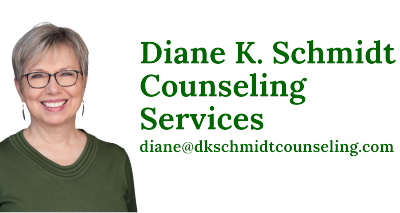blog » Communication Styles and Types
MAY
The Positive Impact of Understanding Communication Styles and Types
When two or more people have different communication styles, they may not effectively communicate. This can lead to frustration and conflict, and when conflict arises, it can make healthy and effective communication much more challenging.
Whether it's differences in communication styles or personal backgrounds contributing to barriers, many find it helpful to work with a therapist to address their communication-related distress or difficulties.
Sill, individuals struggling with conflict and arguments within their relationship may not always realize when it stems from communication issues. A therapist can help individuals, couples, and family members by helping them realize their differences in communication styles that may be inhibiting effective communication.
These four main communication styles include:
Assertive communication style is characterized by being direct and honest. People who use this style are clear about their needs and wants, and they feel comfortable communicating them.
Aggressive communication style is characterized by being forceful and demanding. People who use this style often ignore the feelings of others and focus on getting what they want.
Passive communication style is characterized by being submissive and unassertive. People who use this style often bottle up their feelings and struggle to effectively communicate their needs and opinions.
Passive-aggressive communication style is characterized by being indirectly aggressive. People who use this style often communicate their feelings in an unclear and unyielding way, coming across as passive but feeling resentment and anger after the fact.
Assertive communication is considered the most effective of these four styles, whereas others can often cause conflict despite another's communication or personality type.
In addition to these communication styles, communication can also be verbal and non-verbal. Nonverbal communication describes everything from body language to facial expressions and eye movements, whereas verbal communication is written or spoken.
It is helpful to understand the extent to which each of these plays a role in social interactions - and particularly how they work together. For instance, people tend to focus more on nonverbal cues when they find a verbal message unclear. This often leads to misinterpretations that may fuel further conflict in relationships.
With therapy, individuals can explore what contributes to their ineffective communication styles and learn to express themselves more clearly and assertively.
